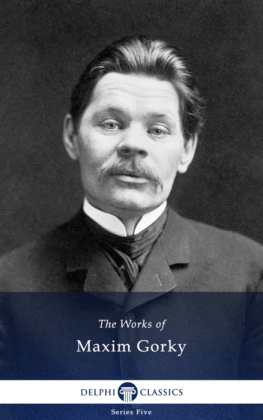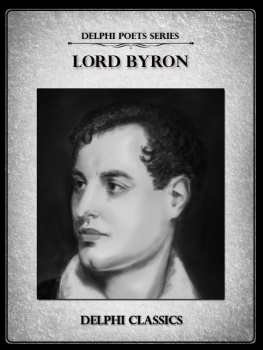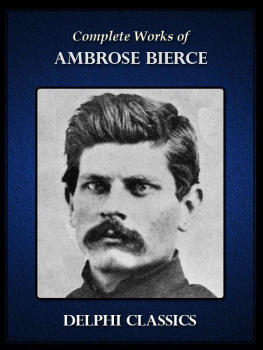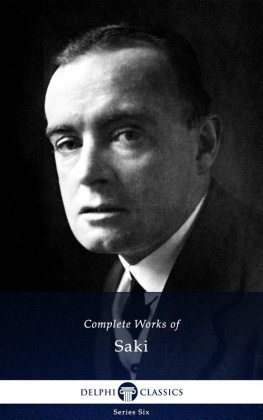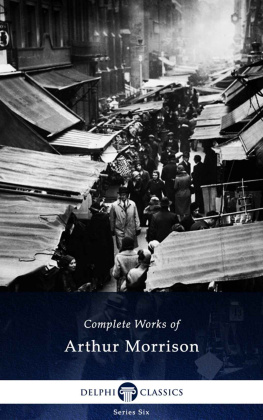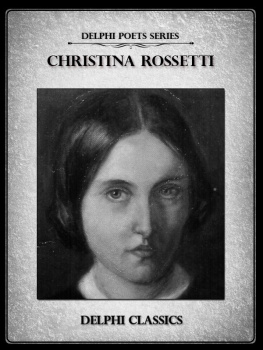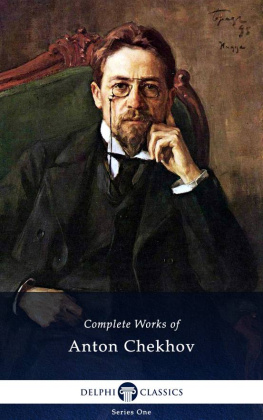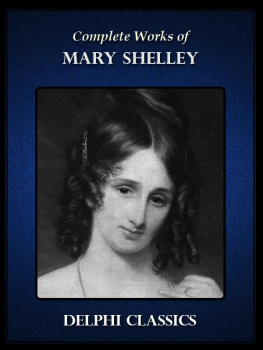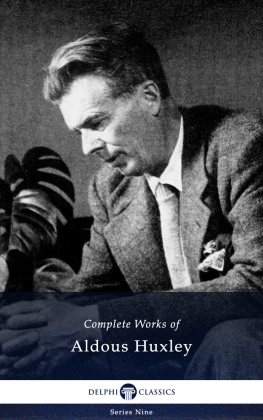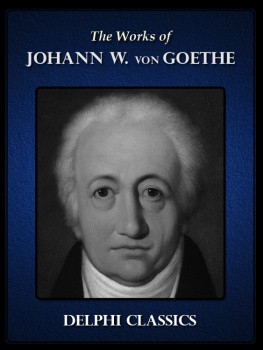H. P. Lovecraft: Brief Introduction

Although at the time of his death H. P. Lovecraft was relatively unknown as a writer, his imaginative and original horror, fantasy and science fiction stories have now earned him the prestige of being one of America s most popular writers. Having established the Cthulhu Mythos story cycle and his Necronomicon world of forbidden lore, Lovecraft is celebrated for having developed an aesthetic and philosophical principle of cosmicism, a belief that life is incomprehensible to human minds and so the universe is fundamentally opposed to their interest. It was with this innovative theory that he used many of his short stories to create unusual worlds and horrific encounters. Many of his tales convey a cold indifference to human concerns and affairs, creating an atmosphere unprecedented in literature until this time.
With few of his readers even knowing his name during his literary career, Lovecrafts stories appeared chiefly in prominent pulp magazines such as Weird Tales . Nevertheless, he corresponded with other contemporary writers, such as Clark Ashton Smith and August Derleth, eventually forming a literary group that is now referred to as the Lovecraft Circle . All members of the group were directly inspired by Lovecraft, who actively encouraged other writers to use his ideas and share his work. The authors prolific letters reveal a learned and enthusiastic knowledge of the classics, as well as a heightened understanding of critical study. After Lovecrafts death, the Lovecraft Circle continued their work, expanding his vision and the mythological worlds he had established in his short stories.
Developed by Lovecraft, the Cthulhu Mythos is a fictive universe, whose name was coined by August Derleth, after the name of the Cthulhu creature from Lovecrafts famous short story The Call of Cthulhu . Written in 1926 and first published two years later in Weird Tales , this storyis widely regarded as being one of Lovecrafts greatest works. Reportedly, Lovecraft was inspired in the writing of the tale by Lord Alfred Tennysons 1830 sonnet The Kraken , due to its reference of a huge aquatic creature sleeping for an eternity at the bottom of the ocean.
The short story is presented in form as a manuscript discovered among the papers of the late Francis Wayland Thurston, of Boston . In the narrative, Thurston recounts his discovery of notes left behind by his granduncle, George Gammell Angell, a prominent Professor of Semitic languages at Brown University in Providence , Rhode Island , who died suddenly in the winter of 1926 amid mysterious circumstances.
In many of his subsequent short stories, Lovecraft expanded on his theme of absolute irrelevance of mankind in the face of the cosmic horrors existing in the universe, with the author constantly referring to the Great Old Ones, a pantheon of ancient and omnipotent deities from space, who had once ruled the Earth and since fallen into a deathlike sleep. Following Lovecrafts untimely death to cancer in 1936, August Derleth continued publishing Lovecrafts stories, whilst attempting to categorise and expand the Mythos. Since then, many writers have added to the Lovecraftian milieu, shaping the Cthulhu Mythos in what has become an ongoing expansion of the fictional universe.
As Lovecrafts reputation has blossomed over the decades, he is now regarded as one of the most influential horror writers of the 20th century, drawing the admiration of writers such as Stephen King, Flix Guattari, Michel Houellebecq and Jorge Luis Borges. In this edition, Lovecrafts complete fictional works, including the tales he collaborated on with other writers, are presented in the chronological order they were written, allowing readers to chart the gradual development of Lovecrafts universe and the originality of his writing.
Please note: due to copyright restrictions, the short stories that Lovecraft wrote with C. M. Eddy, Jr. cannot appear in this collection.

Lovecraft as a young man, 1915

The 1928 magazine that contained the first appearance of The Call of Cthulhu

August Derleth (1909-1971) was the first publisher of H. P. Lovecrafts works, encouraging the mass development of the Cthulhu Mythos.
The Short Stories

Angell Street , Providence , Rhode Island the site of Lovecrafts birthplace. The house at 454 Angell Street was demolished in the 1960s and is now the location of a coffee shop.

The house in contemporary times

Lovecraft as a baby, c. 1892

Lovecraft with his parents Sarah and Winfield Lovecraft

The author aged nine
The Little Glass Bott le
Heave to, theres something floating to the leeward the speaker was a short stockily built man whose name was William Jones. he was the captain of a small cat boat in which he & a party of men were sailing at the time the story opens.
Aye aye sir answered John Towers & the boat was brought to a stand still Captain Jones reached out his hand for the object which he now discerned to be a glass bottle Nothing but a rum flask that the men on a passing boat threw over he said but from an impulse of curiosity he reached out for it. it was a rum flask & he was about to throw it away when he noticed a piece of paper in it. He pulled it out & on it read the following



